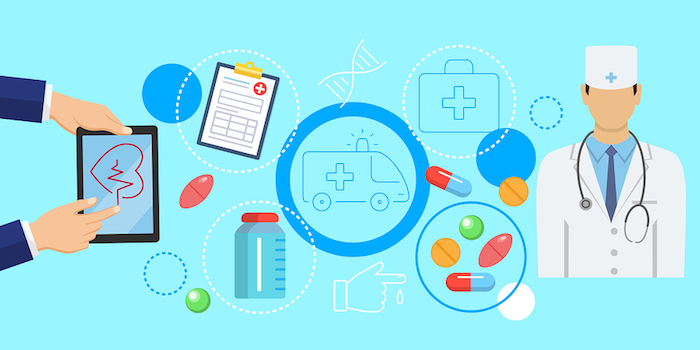An Innovative IT Design to Enhance Relatedness, Satisfaction, & Outcomes

An Innovative IT Design to Enhance Relatedness, Satisfaction, & Outcomes
A 2017 article entitled Remote Monitoring Systems for Chronic Patient on Home Hemodialysis: Field Test of a Copresence-Enhanced Design in the Journal of Internet Research reported on an Australian study that proposed an intriguing solution for home hemodialysis (HD) patients who have little direct contact with their healthcare team and feel isolated and anxious. The goal of the intervention was to help home HD patients feel more connected to their healthcare team. Reading this article—and knowing there may be differences in patient and staff attitudes in the U.S. and Australia—made me wonder whether U.S. home HD patients would view this approach as useful or intrusive and whether dialysis staff would view it as useful and a time saver like patients and staff did in Australia.
In the U.S. today, unless HHD patients have remote monitoring of their dialysis treatments (e.g., Nx2Me Connected Health®), patients are told to record their vital signs and treatment data on a paper treatment sheet their clinic provides. They are to deliver their treatment sheets to their nurse as often as the clinic policy requires. This allows the home training nurse and physician to review treatment data with lab results and change medication and dialysis prescriptions as needed. When patients forget to deliver their treatment sheets, fail to complete them, or make up treatment data, it puts patients’ health and lives at risk.
In this study, the research team created a self-monitoring system using a mobile application for android and iOS users that allows patients to input their pre- and post-dialysis weights, vital signs, and treatment data, and to report their post-dialysis mood by choosing one of five faces from very happy to very unhappy, and to note any issues or concerns. The program alerted patients if any treatment data were out-of-range.
The program allowed staff to view each patient’s treatment data in real time or other frequency based on each patient’s “clinical needs.” Staff knew if there were problems based on treatment data, patient notes, or low mood and could tell if patients were doing dialysis as prescribed. There was a button for staff to click to alert patients that their nurse had reviewed their treatment sheet. The nurse could respond to any patient note. The program also provided the nurse with a list of patients who had any treatment problems and those whose emotional state was low. In the study staff prioritized contacts with patients who had low mood.
The study was piloted with 10 patients and two nurses for 2 weeks to allow changes to improve the app’s function. A total of 74 patients and three nurses took part in the study, which had 2,757 entries over 6-months (patients took part from 9-180 days). The researchers conducted interviews with patients and nurses, and both rated the program highly for ease of use and usefulness.
In interviews, patients reported “not feeling alone” and “knowing I am monitored,” especially when nurses responded to treatment data. One patient said, “It is comforting to know that my results are being monitored and you are not alone.” Those who reported negative emotions and received a faster response from their nurse said they felt “care and responsiveness from the healthcare professionals all the time.” Patients reported that monitoring helped motivate them to follow their prescription, and said sharing information about their mood enhanced their sense of connection with their healthcare team.
Nurses monitored an average of 12 patients per week. The app saved patients and nurses 11 hours in travel time and mileage that would have been required for home visits and clinic appointments. Nurses rated the tool highly and said they felt good about being able to respond to their patients’ mood. They said reading patients’ notes allowed them to determine if a patient problem was health or technical-related. The program logged historical data, so nurses could change patients’ dialysis prescription and dry weight faster too.
The authors pointed out that—despite the close communication this technology provided—video conferencing is another way to reduce patients’ sense of isolation, and that traditional patient monitoring ignores patients’ social and emotional needs.
Although this technology was used for home HD staff and patients, it could be just as useful to assure that home PD staff and patients feel connected as well. As a social worker, being able to learn if a home patient has emotional problems between face-to-face visits is appealing. This approach would allow the home training nurse and social worker to collaborate more closely to address not only patients’ clinical concerns, but also contributors to emotional distress—which otherwise might be overlooked. Depression and anxiety are known contributors to patients’ failure to follow their treatment plan, poor outcomes, as well as switching from home to in-center dialysis and even stopping dialysis.
Using an app like this could allow U.S. dialysis providers to help isolated and anxious home dialysis patients feel more connected and cared for. It could help home dialysis staff proactively address patient clinical, emotional, and technical problems and it might even save time. If successful, this would be a winning combination for patients and staff alike.


Comments